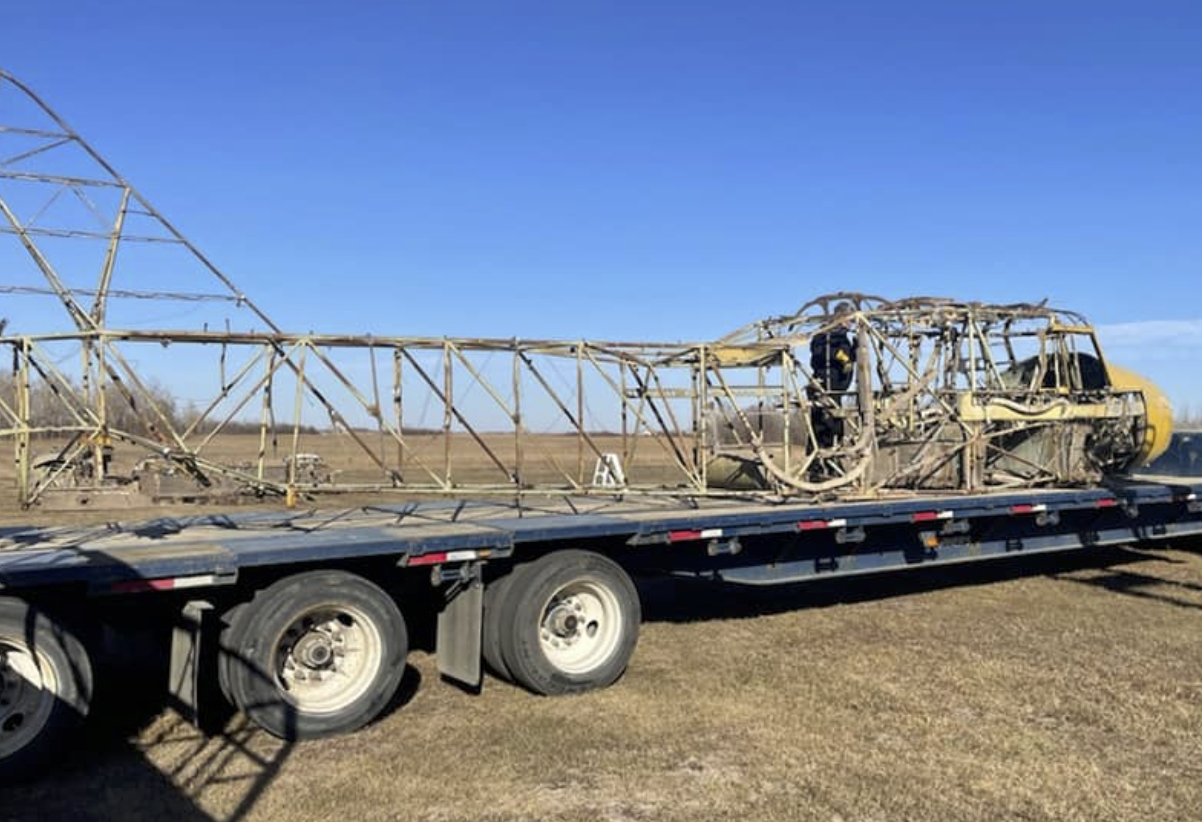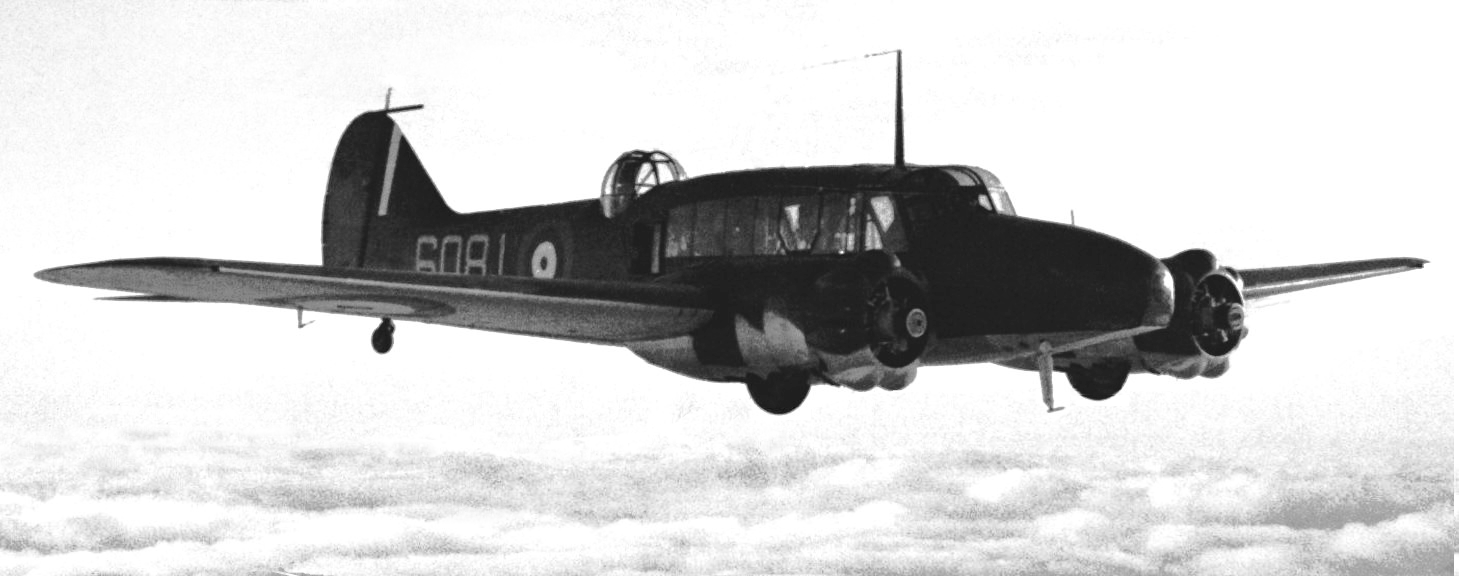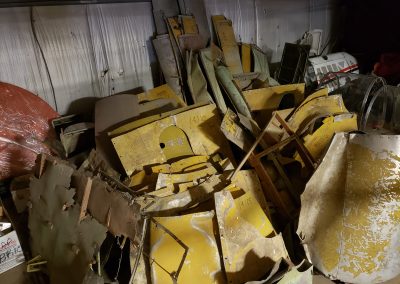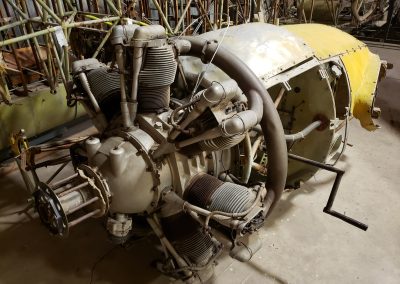RCAF AX111 Avro Anson Mk I began restoration in 2021. Once restored will be one of
a few Mk I’s in the world still in existence. This is a long term multi year project of many
parts.
1941 Avro Anson Mk I AX111
The Saskatchewan Aviation Museum’s Avro 652A Anson Mk. I, RCAF service number
AX111 (airframe serial number R3LW105106) was acquired in October 2021. This is a
long term multi-year project requiring a complete disassembly, cataloging and inventory
of parts, cleaning, refurbishment and reassembly of the many existing components,
fabrication or location of missing pieces, and finally reassembly of the complete aircraft.
The Avro Anson, named for British admiral George Anson, was a British twin-engine,
multi-role aircraft that served with the RAF, RCAF, RCN RCAF and other air forces
including Australia, New Zealand, USA, India, Netherlands and South Africa during the
Second World War and afterwards. Manufactured by A.V. Roe & Company (Avro), the
Anson was designed in 1935 and originated from the Avro 652 commercial aircraft.
The Anson had a low-mounted one-piece plywood and spruce wooden wing. The
fuselage had a welded steel tubing airframe streamlined with wooden formers and
stringers covered in fabric, except for the nose which was clad in aluminum alloy. The
Mk. I version of the Anson had manually-operated landing-gear and flaps – 145 turns of a
crank to raise or lower the landing gear and a hand operated hydraulic pump to raise or
lower the flaps.
Originally built as a General Reconnaissance aircraft, the Mk. I was armed with:
- Two 350 HP Armstrong Siddeley Cheetah IX Radial Engines.
- One fixed forward-firing Vickers .303 in machine-gun in port side of the nose,
- One Lewis or Vickers K .303 in gun in an Armstrong Whitworth manually-
operated turret. - Two 100lb bombs and eight 20lb bombs, flares or smoke-floats in internal racks.
When war broke out in 1939, it quickly became apparent that the Anson was obsolescent
for front line combat roles (although an Anson is credited with shooting down two
Me109s and damaging another during the evacuation at Dunkirk in 1940). With its
combat life drawing to a close, it took on a new purpose; the RAF desperately needed to
rapidly expand its aircrew training program and the Anson’s ruggedness; reliability and
benign flight characteristics made it the ideal candidate. Schools were established in the
United Kingdom and, under the British Common Wealth Air Training Plan (BCATP), in
Canada, Australia and South Africa to train pilots, observers, wireless-operators,
navigators and bomb aimers.
It was slow, cold and noisy but rugged and very reliable and is possibly the most famous
British aircrew trainer of all time. Used in huge numbers (4,413 in Canada) and
nicknamed ‘Faithful Annie’, it is fondly remembered by the many thousands of aircrew
who trained in it.
By the end of production 1952, 11,020 Ansons had been built in twenty-one variants;
8,138 in Britain by Avro and 2,882 in Canada.
The museum’s Anson was originally thought to be RAF R9882 that was transferred to the
RCAF with the serial number 6801, But after cleaning the airframe, it was found to be
airframe number R3LW105106. Checking with the Avro Heritage Museum revealed that
this frame number must have belonged in a block of four aircraft which were shipped to
the RCAF: AX110, AX111, AX114, AX116. From the wear on the controls and damage
on the nose we suspected it was RCAF AX116. But a few month into dismantling the
airframe, we discovered written in grease pencil on the inside of the landing gear chain
cover under the cockpit floor “AX111”; fairly definitive proof of the aircraft’s true
identity.
Service history of RCAF AX111:
Taken on strength: McDonald Brothers Aircraft, Winnipeg, Manitoba, Nov. 20, 1941.
To No. 2 Training Command on 10 January 1942, for use by No. 33 Service Flying
Training School at Carberry, Manitoba.
Winter conversion set installed by MacDonald Brothers by 9 February 1942.
To workshop reserve at No. 8 Repair Depot on 24 November 1942.
To storage on 7 September 1943, issued from storage to No. 2 Training Command on 1
November 1943.
Back to storage on 13 April 1944.
To No. 2 Air Command on 1 December 1944, still in storage. Pending disposal from 14
February 1945.
Stored at No. 3 Satellite Equipment Holding Unit at Swift Current, Saskatchewan, where
it was noted with 943:05 total time, never overhauled. Struck off strength by War Assets
Corporation, Feb.16, 1945.
Following the war, stripped airframes were sold by the air force for $5 to $50. Hundreds
were bought by prairie farmers who used the sheet metal, wiring, tires, fasteners and
tubing for the innumerable fixes and odd jobs around a farm. Over a period in the late
1900s, aircraft restorer Harry Whereatt (Whereatt’s Warbirds, Assinibioa) collected a
number of airframes from farms around southern Saskatchewan. In 2007 he transferred
three of these airframes to fellow restorer Tom Coates (TC Aviation, Saskatoon). In 2021
Tom donated the airframes along with the large collection of Anson parts he had gathered
to the Saskatchewan Aviation Museum and Learning Centre.
Anson Project
The Sask Aviation Museum acquired our Mk I Avro Anson in October, 2021
View Project Timeline And Updates Here
